Indirizzo
304 Il cardinale nord S.
Dorchester Center, MA 02124
Ore di lavoro
Dal lunedì al venerdì: 7:00 - 19:00
Fine settimana: 10:00 - 17:00
Indirizzo
304 Il cardinale nord S.
Dorchester Center, MA 02124
Ore di lavoro
Dal lunedì al venerdì: 7:00 - 19:00
Fine settimana: 10:00 - 17:00

Questa guida completa analizzerà approfonditamente i vari tipi di lampade chirurgiche, le loro caratteristiche e i fattori da considerare nella scelta delle apparecchiature mediche.
Benvenuti nel mio blog!
Prima di immergerci nei contenuti, mi piacerebbe che ti unissi a me sulle mie piattaforme social, dove condivido altre intuizioni, interagisco con la community e pubblico aggiornamenti. Ecco come puoi metterti in contatto con me:
Facebook:https://www.facebook.com/profile.php?id=100071234835011
LinkedIn:https://www.linkedin.com/company/74943205/admin/dashboard/
YouTube:www.youtube.com/@shandongexpertmedicalequip4695
TikTok:www.tiktok.com/@expertmedical
Ora, iniziamo il nostro viaggio insieme. Spero che tu trovi il contenuto qui perspicace, coinvolgente e prezioso.
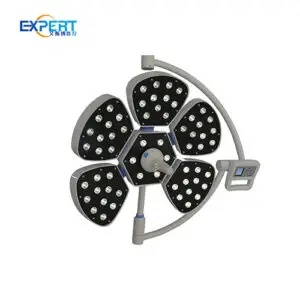
Surgical lights, also known as operating lights or surgical luminaires, are critical pieces of equipment in any operating room or surgical setting. They provide the necessary illumination for surgeons and medical staff to perform procedures with precision and safety. Over the years, surgical lights have evolved significantly, incorporating advancements in technology to offer better illumination, shadow reduction, and ergonomic design. This comprehensive guide will delve into the various surgical lights types, their features, functionalities, and factors to consider when selecting the right ones for a medical facility.
Adequate and high-quality illumination is paramount in surgical procedures. It directly impacts the surgeon’s visibility, reducing the risk of errors and improving patient outcomes. The key requirements of surgical lighting include:


Several surgical lights types are available, each designed to meet specific surgical needs and preferences. The primary classifications include:
Overhead surgical lights are the most common type, mounted on the ceiling or a track system above the operating table. They offer excellent flexibility in positioning and can be adjusted to provide optimal illumination from various angles. These can be further divided into:
Surgical headlights are worn by the surgeon, providing focused illumination directly on the surgical site. They are particularly useful in procedures requiring close-up visualization or when the surgeon needs to move their head frequently.
Examination lights are smaller and less intense than surgical lights, designed for use in examination rooms and minor procedures. They offer a focused beam of light and are often mounted on flexible arms for easy positioning.
Specialty surgical lights are designed for specific procedures or medical specialties. Examples include:
Advancements in technology have significantly improved the performance and functionality of surgical lights types. Some key technological advancements include:
Light-emitting diodes (LEDs) have become the dominant light source in modern surgical lights. They offer several advantages over traditional halogen bulbs, including:
Effective shadow reduction is crucial in surgical lighting. Modern surgical lights employ various technologies to minimize shadows, including:
Modern surgical lights offer advanced control and adjustability features, including:
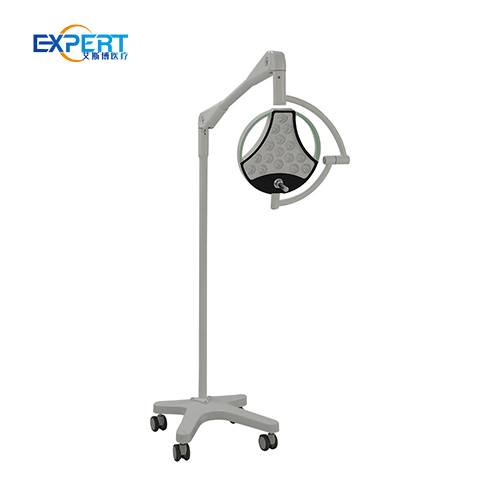
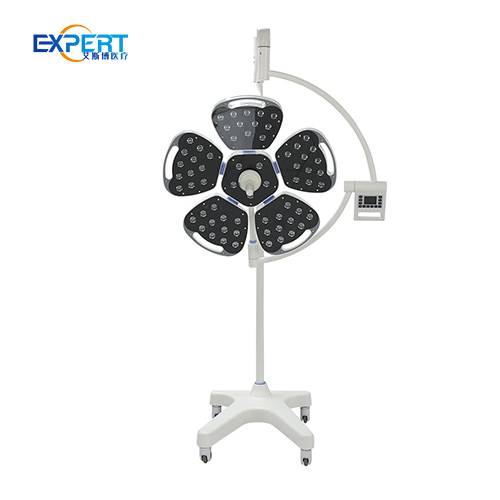
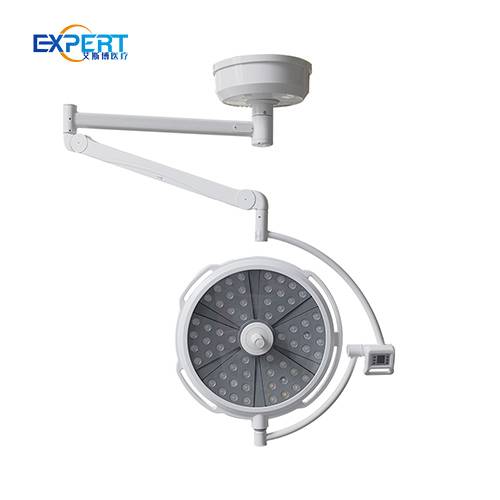


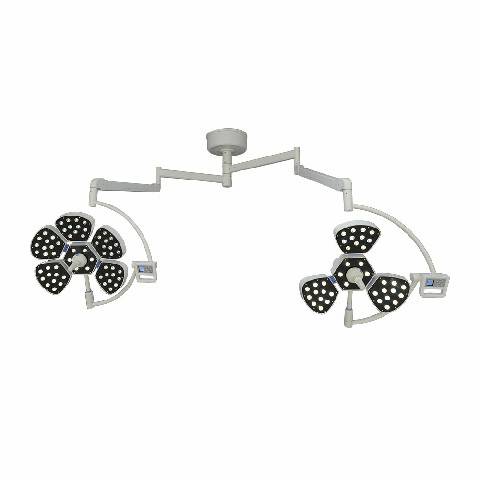
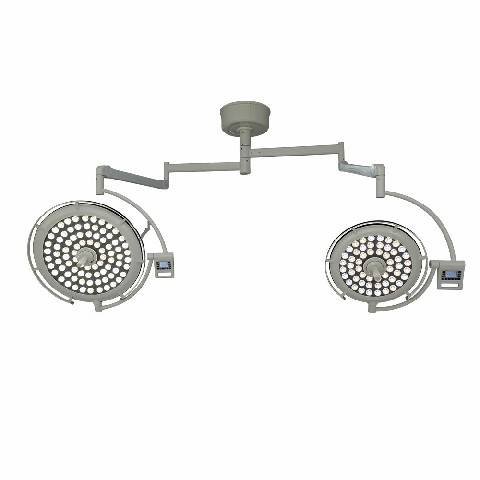

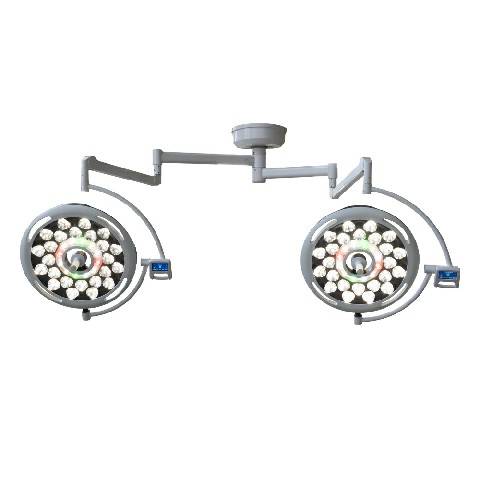
Selecting the appropriate surgical lights types for a medical facility requires careful consideration of several factors:
The types of surgical procedures performed will dictate the specific lighting requirements. For example, deep cavity surgeries require lights with excellent shadow reduction and deep cavity illumination, while minimally invasive procedures may benefit from specialized endoscopy lights.
The size and layout of the operating room will influence the type and placement of surgical lights. Ceiling height, room dimensions, and the location of other equipment must be considered.
Surgical lights represent a significant investment, and it is essential to consider the budget when making a selection. However, it is crucial to balance cost with performance and quality.
Consider the maintenance requirements and availability of service for the chosen surgical lights types. Opt for reputable manufacturers with reliable service networks.
Consider the future needs of the facility. Choosing modular and upgradeable systems can provide flexibility and extend the lifespan of the investment.
| Caratteristica | Luci chirurgiche sopraelevate | Surgical Headlights | Luci per esame |
|---|---|---|---|
| Intensità di illuminazione | Alto | medio | Medium to Low |
| Riduzione delle ombre | Eccellente | Bene | Fair |
| Adattabilità | Alto | medio | medio |
| Mobilità | Fixed or Mobile | Alto | medio |
| Applicazione | Major Surgeries | Focused Illumination | Minor Procedures |
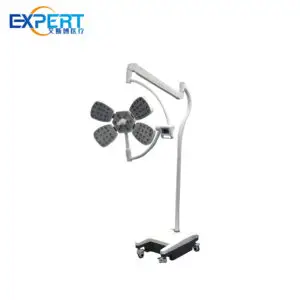
Proper installation and regular maintenance are essential to ensure the optimal performance and longevity of surgical lights types.
Installation should be performed by qualified technicians following the manufacturer’s instructions. Proper wiring, mounting, and calibration are crucial.
Regular maintenance should include:
Scegliere il giusto surgical lights types is a critical decision for any medical facility. Understanding the different types available, their features, and the factors to consider when selecting them is essential to ensure optimal illumination for surgical procedures. By investing in high-quality surgical lights and implementing proper installation and maintenance practices, medical facilities can enhance surgical precision, improve patient outcomes, and create a safer and more efficient operating environment. The continuous advancements in surgical lights types technology promise even better illumination, control, and efficiency in the future, further enhancing the quality of surgical care.
What are the key features of good surgical lights types?
Key features include high illuminance, shadow reduction, good color rendering, adjustability, and minimal heat emission.
What are the advantages of LED surgical lights types?
LED surgical lights types are energy-efficient, have a long lifespan, produce cool light, and offer improved color rendering.
How do I choose the right surgical lights types for my facility?
Consider the types of procedures performed, operating room size and layout, budget, maintenance requirements, and future needs.
Con quale frequenza dovrebbe surgical lights types essere mantenuto?
Surgical lights types should be cleaned regularly and inspected periodically by qualified technicians. Bulb replacement (for non-LED lights) and recalibration should be performed as needed.
What is the difference between overhead surgical lights types and surgical headlights?
Overhead surgical lights types are mounted above the operating table, while surgical headlights are worn by the surgeon, providing focused illumination directly on the surgical site.